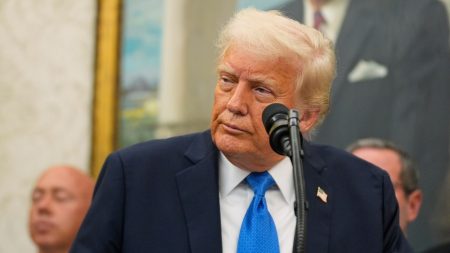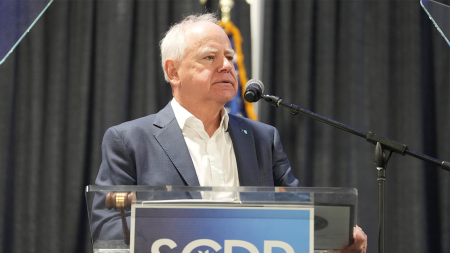The waning days of the Biden presidency witnessed a controversial prisoner swap with China, raising concerns about national security and the prioritization of American interests. The exchange involved the release of three American citizens held in China, juxtaposed against the release of two convicted Chinese spies and a Chinese national convicted on child pornography charges. This decision ignited a firestorm of criticism, with opponents arguing that it signaled a willingness to compromise national security for political expediency. The timing of the swap, so close to the transition of power, further fueled speculation about the motivations behind the decision.
At the heart of the controversy lies the release of Yanjun Xu, a high-ranking Chinese intelligence officer, marking a historic moment – the first time a Chinese intelligence officer extradited to the U.S. for trial was subsequently released. Xu’s conviction stemmed from a sophisticated espionage operation targeting American aviation companies, aimed at stealing proprietary technology, including the highly coveted composite aircraft engine fan module developed by GE Aviation. This technology, unique to GE, represented a significant competitive advantage for the United States, and Xu’s efforts to acquire it underscored the lengths to which China was willing to go to advance its technological capabilities. His conviction was seen as a significant victory in the fight against Chinese industrial espionage.
The second Chinese spy released, Ji Chaoqun, served as Xu’s operative within the United States. Based in Chicago, Chaoqun gathered biographical information on individuals working in the aviation industry, identifying potential recruits for Xu’s espionage network. This methodical approach highlighted the sophisticated nature of Chinese intelligence operations, demonstrating their ability to penetrate American industries and recruit individuals with access to sensitive information. The release of both Xu and Chaoqun effectively neutralized a significant counterintelligence effort and raised concerns about the potential damage they could inflict on American national security in the future.
Adding another layer of complexity to the swap was the release of Shanlin Jin, a Chinese national convicted of possessing a vast collection of child pornography. While the other releases revolved around espionage, Jin’s inclusion shifted the ethical considerations of the exchange. Critics questioned the inclusion of a convicted sex offender in a prisoner swap involving individuals detained for political reasons. The apparent disparity in the nature of the crimes committed further complicated the public’s perception of the exchange, raising questions about the criteria used to determine who was eligible for release.
The exchange took place against a backdrop of escalating tensions between the United States and China. The two nations have been locked in a strategic competition encompassing trade, technology, and geopolitical influence. This competition has fueled accusations of intellectual property theft, cyber espionage, and human rights abuses. The prisoner swap, therefore, became another flashpoint in this ongoing rivalry, symbolizing the complex and often fraught relationship between the two superpowers. The decision to release individuals convicted of espionage raised concerns about sending a message of appeasement to China, potentially emboldening further acts of espionage.
The return of the three wrongfully detained Americans, Mark Swidan, Kai Li, and John Leung, undoubtedly provided a moment of relief for their families and a symbolic victory for the United States. However, the circumstances surrounding their release, coupled with the release of convicted Chinese spies, cast a long shadow over the event. The prisoner swap became a lightning rod for criticism, highlighting the difficult balancing act between protecting national security, upholding the rule of law, and securing the release of American citizens held abroad. The long-term implications of this exchange remain to be seen, but it undoubtedly underscored the complex challenges inherent in navigating the relationship between the United States and China.










